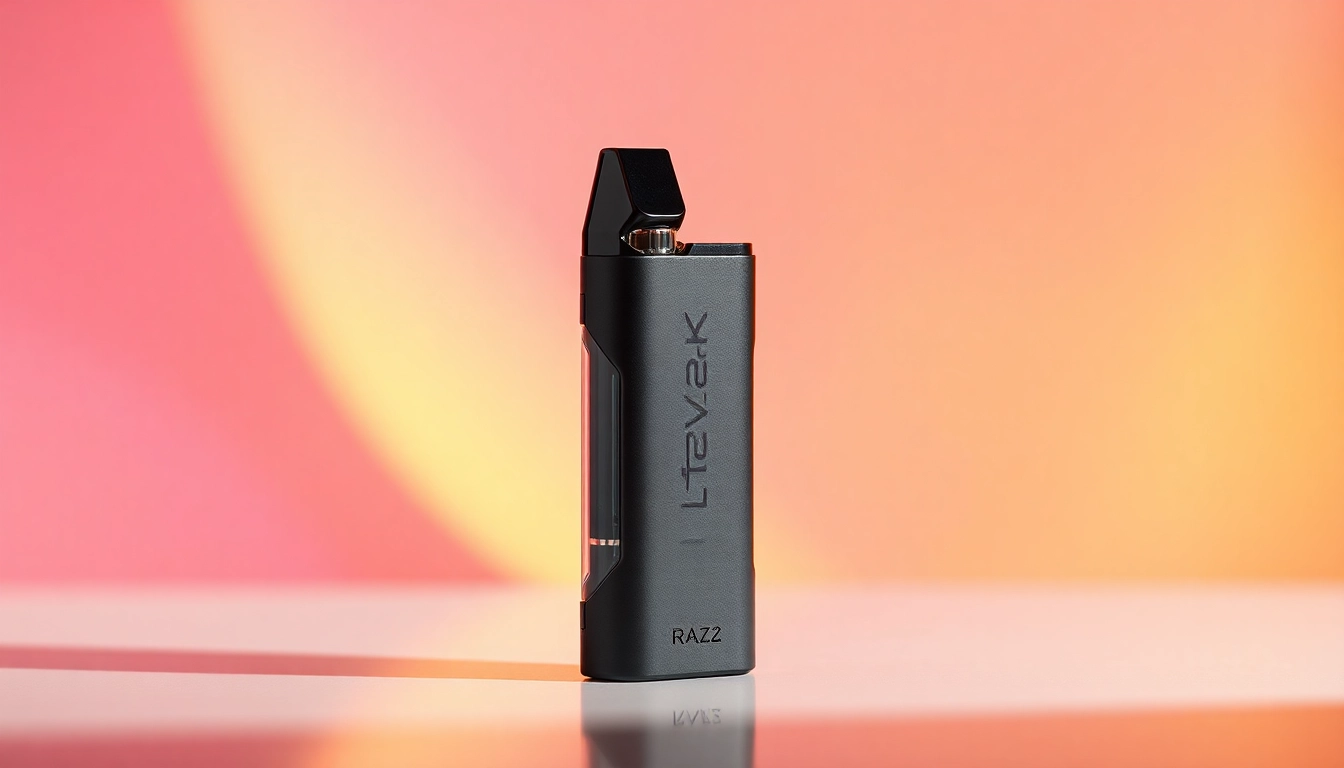
Understanding Telephone Data Collection
What is Telephone Data Collection?
Telephone data collection is a research method that involves gathering information from respondents through telephone interviews. In this method, trained interviewers conduct conversations over the phone, asking carefully crafted questions designed to elicit specific information from the participants, thereby collecting qualitative or quantitative data. This approach is particularly beneficial for organizations looking to harness actionable insights from disparate populations, both far and wide. The process not only facilitates engaging interactions but also benefits from efficiencies provided by technologies like Computer-Assisted Telephone Interviewing (CATI) systems, which streamline data entry and analysis. For a comprehensive insight into this method, consider resources on telephone data collection.
History and Evolution of Telephone Surveys
The telephone emerged as a revolutionary communication tool in the late 19th century, quickly becoming a staple in households across the United States and beyond. By the mid-20th century, researchers began utilizing this device to gather survey data, leading to the advent of telephone surveys as we recognize them today. Initially limited to one-on-one responses, the method evolved with advances in telecommunications and computing, particularly towards the integration of CATI systems in the 1980s which allowed for more complex survey designs and a higher degree of automation.
Through the years, telephone surveys have adapted to technological changes, integrating mobile phones and online platforms into research methodologies, while maintaining their foundational principles of interpersonal communication that is critical to gathering valid data. As survey methodologies continue to innovate, telephone data collection remains a relevant and effective method for gaining insights into customer sentiments, behavioral patterns, and market trends.
Types of Telephone Surveys and Their Applications
There are several types of telephone surveys, each tailored to meet distinct objectives:
- Structured Surveys: These are characterized by a fixed set of questions with predetermined answers, often used for quantitative studies. They facilitate straightforward data analysis and are commonly used in market research and public opinion polling.
- Unstructured Surveys: In contrast, these interviews are more conversational and allow respondents to answer in their own words. This approach is often utilized to gather qualitative insights, especially in exploratory research.
- Computer-Assisted Telephone Interviewing (CATI): This method employs technology to assist interviewers during the data collection process. Responses can be entered directly into a database, improving efficiency and accuracy.
- Random Digit Dialing (RDD): RDD is a technique where telephone numbers are generated randomly, ensuring a more representative sample of the population. This method is particularly useful in ensuring diversity and reducing selection bias in survey participants.
The applications of these surveys are vast, ranging from market research, election polls, customer satisfaction surveys, to health assessments. By selecting the appropriate type of telephone survey, researchers can more effectively address their specific information needs.
Advantages of Telephone Data Collection
Cost-Effectiveness and Efficiency
One of the primary advantages of telephone data collection is its cost-effectiveness. Compared to face-to-face surveys, which may involve significant travel expenses and time commitments, telephone surveys can be conducted from virtually anywhere, significantly reducing operational costs. Additionally, the efficiency of data collection is enhanced as interviews can be conducted in a shorter timeframe, allowing researchers to reach a larger sample size more rapidly.
Greater Reach and Accessibility
Telephone surveys provide researchers with the ability to connect with a broad geographical demographic, reaching participants who may be located in remote areas or unable to participate in in-person assessments. This accessibility expands the diversity of the data collected, enabling organizations to gather insights from varied socio-economic and demographic groups, which is particularly valuable in market research.
Real-Time Data Collection Benefits
Modern telephone data collection methods have the capacity for real-time data retrieval and analysis. With systems such as CATI, researchers can immediately input responses as they occur, facilitating faster decision-making based on current insights. This immediacy can enhance the relevance of the data collected, guiding timely interventions, program adjustments, or marketing strategies.
Challenges in Telephone Data Collection
Response Rates and Participant Engagement
While telephone data collection offers numerous advantages, it is not without its challenges. One significant issue is the declining response rates, a trend observed in recent years as individuals become more protective of their time and personal information. Engaging participants effectively is crucial; strategies such as personalizing interactions, establishing rapport, and clearly communicating the purpose of the study can mitigate this challenge and enhance participation rates.
Bias and Data Accuracy Issues
Telephone data collection can be susceptible to various biases—particularly selection bias, where certain demographics may be underrepresented in surveys due to their unavailability or inclination to decline participation. Additionally, the mode of communication can introduce interviewer bias, where the interviewer’s tone or demeanor may influence responses. To counter these issues, researchers can implement rigorous training practices for interviewers and utilize methods for validating responses during data analysis.
Technological Limitations and Solutions
Despite advancements in technology, limitations such as connectivity issues or the overreliance on automated systems can disrupt the survey process. Acknowledging these potential roadblocks and designing contingency plans is essential. Solutions may include a fallback system for manual data entry, regular audits of technology performance, and operator training to quickly troubleshoot issues as they arise.
Best Practices for Conducting Telephone Surveys
Creating Effective Questionnaires
The formulation of effective questionnaires is fundamental to the success of telephone surveys. Questions should be clear, concise, and structured to minimize misunderstandings. Researchers can also employ a blend of closed and open questions to gather both quantitative and qualitative data. Pilot testing the questionnaire with a small respondent group can help identify areas for improvement before launching the full-scale survey.
Training and Preparing Interviewers
Investing in comprehensive training for interviewers cannot be overstated. Trained interviewers not only ensure consistency in the administration of the survey but also possess the interpersonal skills necessary to engage respondents effectively. Role-playing different interview scenarios can prepare interviewers for various participant types and increase their confidence in handling unexpected issues that may arise during phone calls.
Using Technology for Enhanced Data Collection
Leveraging technology is vital to streamlining telephone data collection. Implementing CATI systems facilitates faster, more accurate data entry while also providing tools for survey monitoring and performance evaluation. Data can be visualized in real-time, allowing teams to track progress and make necessary adjustments during the data collection phase efficiently.
Measuring the Effectiveness of Telephone Data Collection
Key Performance Indicators (KPIs)
To gauge the success of telephone data collection initiatives, organizations should establish relevant Key Performance Indicators (KPIs). These can include response rates, completion rates, and the time taken to reach a certain number of completed interviews. Regularly analyzing these metrics against predefined objectives can aid organizations in evaluating their data collection strategies and making informed adjustments.
Analyzing and Interpreting Data
Once data is collected and processed, thorough analysis is necessary to extract meaningful insights. Employing statistical analysis tools can help identify trends, correlations, and anomalies within the data. Interpretation should align with the study’s goals, and findings should be communicated effectively to stakeholders to ensure that they understand and can apply the insights effectively.
Feedback and Continuous Improvement Strategies
Finally, continuous improvement is essential in refining telephone data collection efforts. Gathering feedback from both interviewers and respondents can unveil insights regarding the effectiveness of questionnaires, interview techniques, and overall participant experience. Utilizing this feedback to implement iterative refinements can exponentially enhance the quality and impact of future data collection initiatives.







